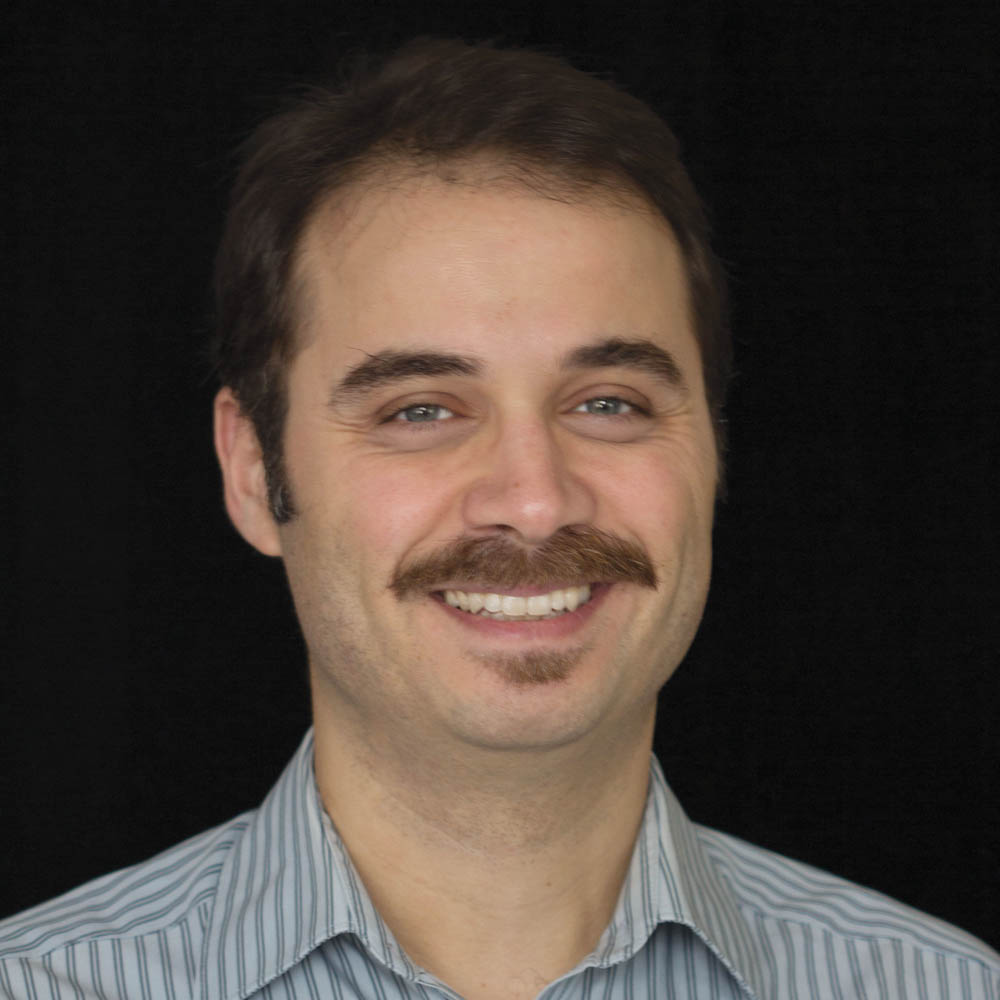
Photo: ASP Archive
Dustin Vartanian
Staff Writer
Dr. Ohannes Kılıçdağı, the 17th Kazan Visiting Professor in Armenian Studies at Fresno State taught a new course called “Awakening, Death, and Survival: History of the Ottoman Armenians in Modern Times,” during the Fall 2020 semester.
This course focused on the Armenians of the Ottoman Empire prior and during the Armenian Genocide. Each Kazan Visiting Professor is invited to teach on different aspects of this time period. Dr. Kılıçdağı explained that his class “was about the trajectory of the Armenians in the Ottoman Empire and Turkey from the early 19th century to today, which makes it necessary to know the general changes in Ottoman-Turkish politics and social developments throughout the period. Therefore, the course builds a context of Ottoman-Turkish history which is layered with the history of the Armenians.”
This class provided a great opportunity for students to be engaged in conversations with Dr. Kılıçdağı and each other because of its seminar format. Students were encouraged to express their opinions on the topics covered. Since Dr. Kılıçdağı was born and educated in Istanbul, Turkey, the course also provided an opportunity to learn about this period of history from a different perspective.
Throughout the semester each student was assigned to create a presentation on a topic of their choice related to the course. This enabled students to learn in-depth about that subject and gave them experience in presenting interesting in-depth details. It was also a way to learn from fellow students.
During the Fall semester the class discussed the Tanzimat Era, beginning in 1839, when a reform movement was implemented in the Ottoman Empire. Dr. Kılıçdağı then went on to discuss the Armenian Enlightenment, the Armenian Constitution of 1863, the Armenians of the provinces, the role of Europeans, the Armenian Question, the emergence of Armenian political parties, the numerous massacres that took place in the 1890’s, and the Sassoun massacre of 1894. The Young Turk revolution in 1909 and the events that led to the beginning of the 1915 Armenian Genocide were also reviewed.
Many sub-topics of the Genocide, discussing how the Young Turks were able to carry out their policies and why the Genocide occurred, were considered. The students learned how to incorporate both long term and short-term events to fully understand the Armenian Genocide. The class ended with learning about the Armenians relationship with the newly formed Republic of Turkey in the 1920’s and how the Armenians planned to give a “rebirth” to their nation.
Dr. Kılıçdağı wanted his students to learn two main things from the course: to have a good idea about the history of the late Ottoman Empire and of the Republic of Turkey, in order to understand the role of Armenians living there.
“I hope that students adopted a perspective about ethno-religious conflicts, democratization, and tensions of transition from empires to nation states,” said Dr. Kılıçdağı.
Dr. Kılıçdağı had planned to be at Fresno State for the semester, unfortunately, due to the pandemic and the transition to online courses, he was unable to come.
“It would have been a great opportunity to travel to Fresno,” stated Dr. Kılıçdağı. “It would have been an opportunity for me to get more familiar with one of oldest and most important Armenian communities in the United States. I was excited for the chance to visit William Saroyan’s hometown, especially since I have translated some of Saroyan’s works into Turkish for publication. I wanted to see the streets he wandered as a paperboy and the places that he lived. I hope I will have an opportunity to visit Fresno in the future.”
This unique course offered students the opportunity to learn about the Armenian people of the Ottoman Empire during a critical period.
 Hye Sharzhoom Armenian Action
Hye Sharzhoom Armenian Action